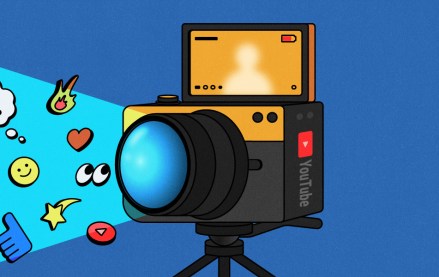Confessions of a social agency exec: Clients still want to ‘go viral’

This article is part of our Confessions series, in which we trade anonymity for candor to get an unvarnished look at the people, processes and problems inside the industry. More from the series →
All good things must end. The free lunch that was organic reach on social platforms is over. Now, brands looking to grow an audience on these three news feeds are told they must pay to play.
In the latest edition of our Confessions series, where we exchange anonymity for candor, one social media agency executive in the U.K. said the cold, hard truth still hasn’t sunk in for many brands. Clients instead are still under the spell of organic reach, despite the headlines proclaiming the phenomenon dead various times over. Responses have been lightly edited for clarity.
You’ve said that clients are still obsessed with organic reach. Please explain.
Until two years ago, organic reach was achievable; it was what good social media was. Content was created for its merits, and the rest would take care of itself naturally. But with the algorithm changes, that rarely happens now. Brands haven’t yet adjusted. They say they have, but when they come to us, they’ll ask to “go viral” a couple of times a month. There’s no recipe to go viral, and that’s not a sustainable approach, not anymore.
So they’re reluctant to pay?
Yes. Everyone in the industry knows reach is not free anymore, but the client mindset is a couple of years behind. They see paying agencies like us as their entire content-creation budget, which makes it hard to say, “That thing you used to get for free, you need to pay extra for that.” There’s nothing wrong with posting some organic content; you need it to sustain your community. However, when growing your audience, there’s no value putting out content if no one sees it, and hardly anyone will see it without ad spend.
Where does this reluctance come from?
Well, you can’t tell when a video has been paid to be promoted, so many clients who see viral work will assume money hasn’t been spent. They think it is still possible to go viral, but that’s very rare. For every Ice Bucket Challenge, there are millions of stunts without traction at all.
What are some of the problems with excluding paid media from the creative process?
Content made for organic reach is talking to people who already know you. You don’t have to introduce yourself as you already have a relationship with the audience. For paid content, you need to assume there’s less knowledge about the brand. Currently, brands are creating a funny video but not thinking about where it’s going to be seen. They’re still creating content and then later down the line thinking about how they are going to distribute it. It’s doing half a job. Distribution should be at the forefront of the creative process. If we’re creating this content and no one is seeing it, the client is not getting enough out of us either. Also, it isn’t giving our work the best chance.
How does that affect agencies?
It’s not going to work to have one agency for content and another for distribution. Often the creative and paid social agencies on the client’s brief are competing against each other. They don’t have same strategy. We’ve had experiences where we’re fulfilling different objectives to the paid social agency. It’s a bad way to do it.
More in Marketing

Marketing Briefing: Marketers appreciate the ‘legroom’ for tests with Google’s latest cookie delay
The proverbial can had already been kicked down the road a few times and doing so again allows more time to potentially minimize the impact on advertisers.

Digiday+ Research deep dive: Brand marketers grow their YouTube spending while agency marketers cut back
When it comes to social media marketing, YouTube doesn’t always get as much attention as its Meta, TikTok and X counterparts. But brands are actually increasing their marketing spend on the platform. It turns out it’s a different story for agencies, though.

Amazon, Apple, Oracle rumored to be potential TikTok buyers if ByteDance is forced to sell
The rumor mill is in full force despite ByteDance stating it would rather shut down the app in the U.S. than sell it.





